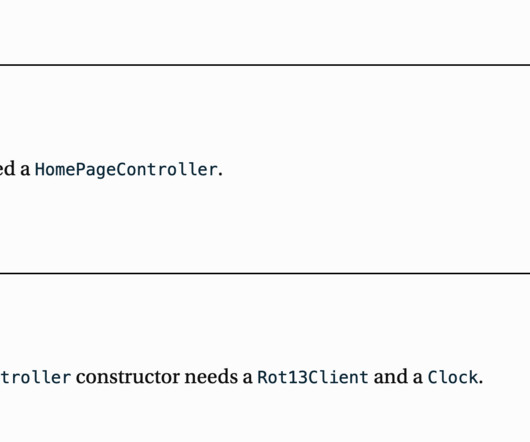Effective Software Testing – A Developer’s Guide
Henrik Warne
JUNE 19, 2022
The author is an Assistant Professor in Software Engineering at the Delft University of Technology. The book apparently grew out of lecture notes from a course on software testing. Instead, it is a tool to highlight which parts of the code have not been exercised, in order to analyze why that is. Test doubles and mocks.















Let's personalize your content